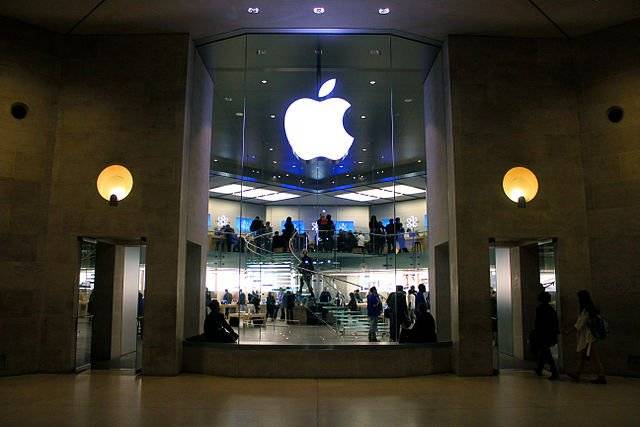The Delhi High Court has recently vacated an ex-parte ad-interim injunction in the case of Apple Inc. v. Rohit Singh & Another.Rohit Singh, a software developer and consultant at Vyooh Low Level Computing LLP, initiated an action of passing off against Apple Inc. for using the mark ‘Split View’ or a deceptively similar variant in relation to its software products.
Rohit Singh developed three proprietary software products, Split View, Disk View and View Scribe respectively. Vyooh claimed that Splitview has been a popular software that allows users to simultaneously work on multiple windows on the user’s single computer screen which has been developed in 2006. Recently in December 2015, Apple introduced a feature named Split View which allowed the screen on the iPad to be split into two halves to enable working on two applications as an update to their operating software -Mac OS X El Capitan and iOS 9.
Rohit Singh, claimed that Split and View are not a combination of terms that are commonly used together. It was claimed to be distinctive as the same was not used by other third party software developers like Divvy, Aqua Snap, Grid Move, Window Space and Gridy. It was stated that though functionally the same purpose was fulfilled, the software developed by Rohit Singh was available for retail sale while the feature update of Apple Inc. was bundled with the iOS software.
Apple Inc. claimed that their use of the term was in a descriptive sense. A distinction was drawn between a ‘product’ and a ‘feature’. It was argued that the use by their predecessor, Next Inc., of the term Split View since 1993 and the common usage of the same by other third party software developers was evidence of its descriptive functionality. Furthermore, the operating systems of Mac OS X El Capitan and iOS contained many in-built features which as per Apple are functionalities available to users to perform various functions.These features are integrated with the software package and can be distinguished from a ‘standalone’ software.In an action for passing off, ‘added matters’ like marks, packaging and writings on the product, ensures no likelihood of confusion in an integrated package as from a software which has a ‘standalone’ status. In addition, there was no evidence of the mark being registered.
The question then arises as to by which mark or name will the consumers identify the features or the product. The test will mainly comprise of identifying whether the consumer is able to distinguish between a trademark use and a descriptive use. The Court stated that since the terms split view and SplitView are not dictionary terms, they prima facie demonstrate the distinctiveness of the mark despite the terms being used by various third party developers. The reason accorded was that the manner of the usage of the mark by Apple indicated a trademark usage rather than a functional usage. There was also no mention of the term being used to describe functionality by third parties. Additionally, the registration of the respondent’s domain name demonstrated the use of the trademark SplitView from 2005. The inadequacy of the appellants to establish a strong prima facie case resulted in the rejection of an order for an ex-parte ad-interim injunction.
A software developer is entrusted with a herculean task which can be protected through various intellectual property rights. It is in certain cases that the rights of one developer tend to sometimes infringe or overlap on another’s right. Courts have a duty to ensure that these rights are protected especially in an era where they are threatened by freelancer coders, competitors and other mischievous elements which might not only result in monetary losses but affect the rights of the developer as well.
The next date of hearing in the case is 9th May, 2016.
Authored by Marsha Goveas
References
Image source/ attribution here, governed by Creative Commons License CC BY- SA 2.0



